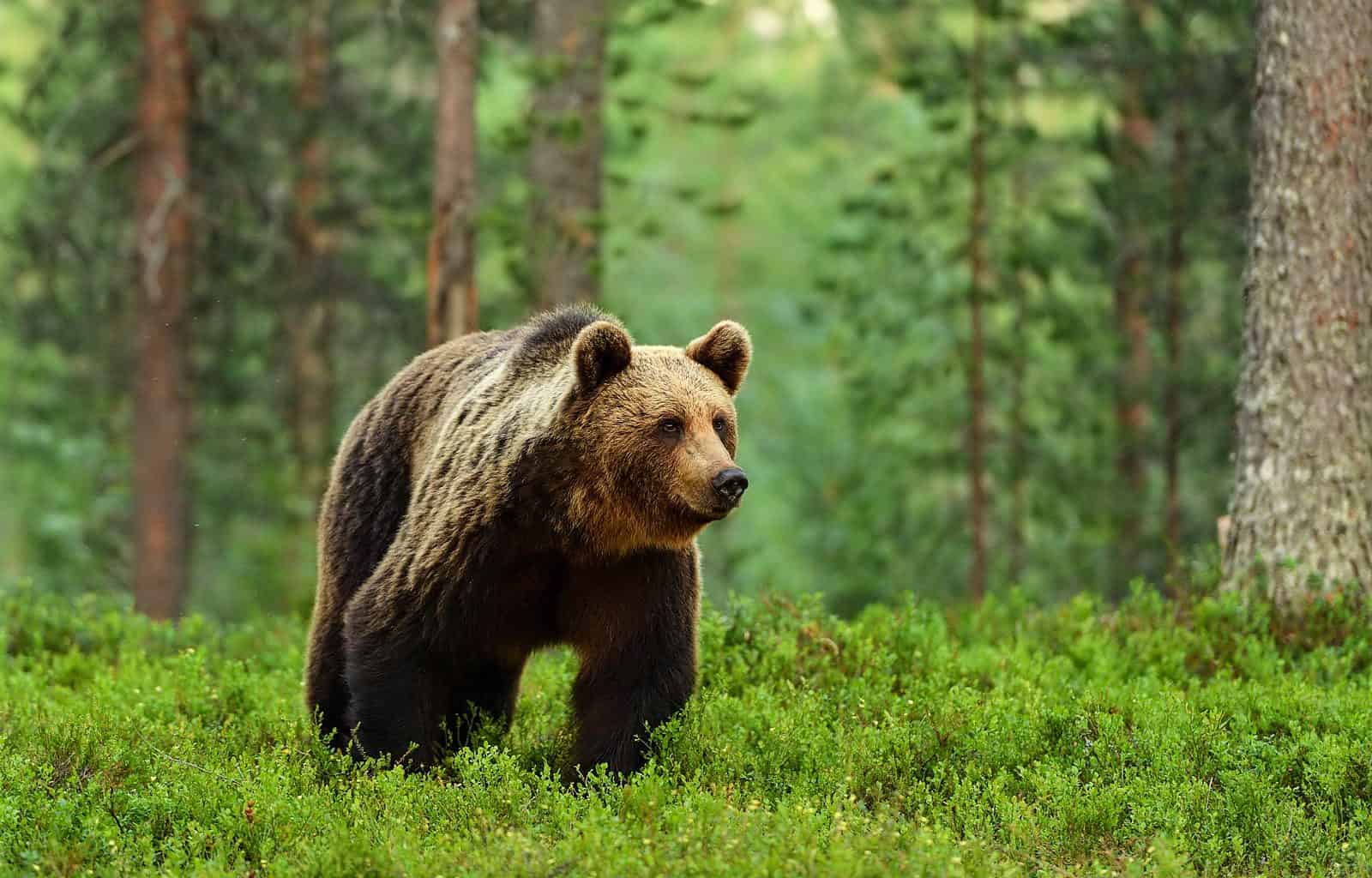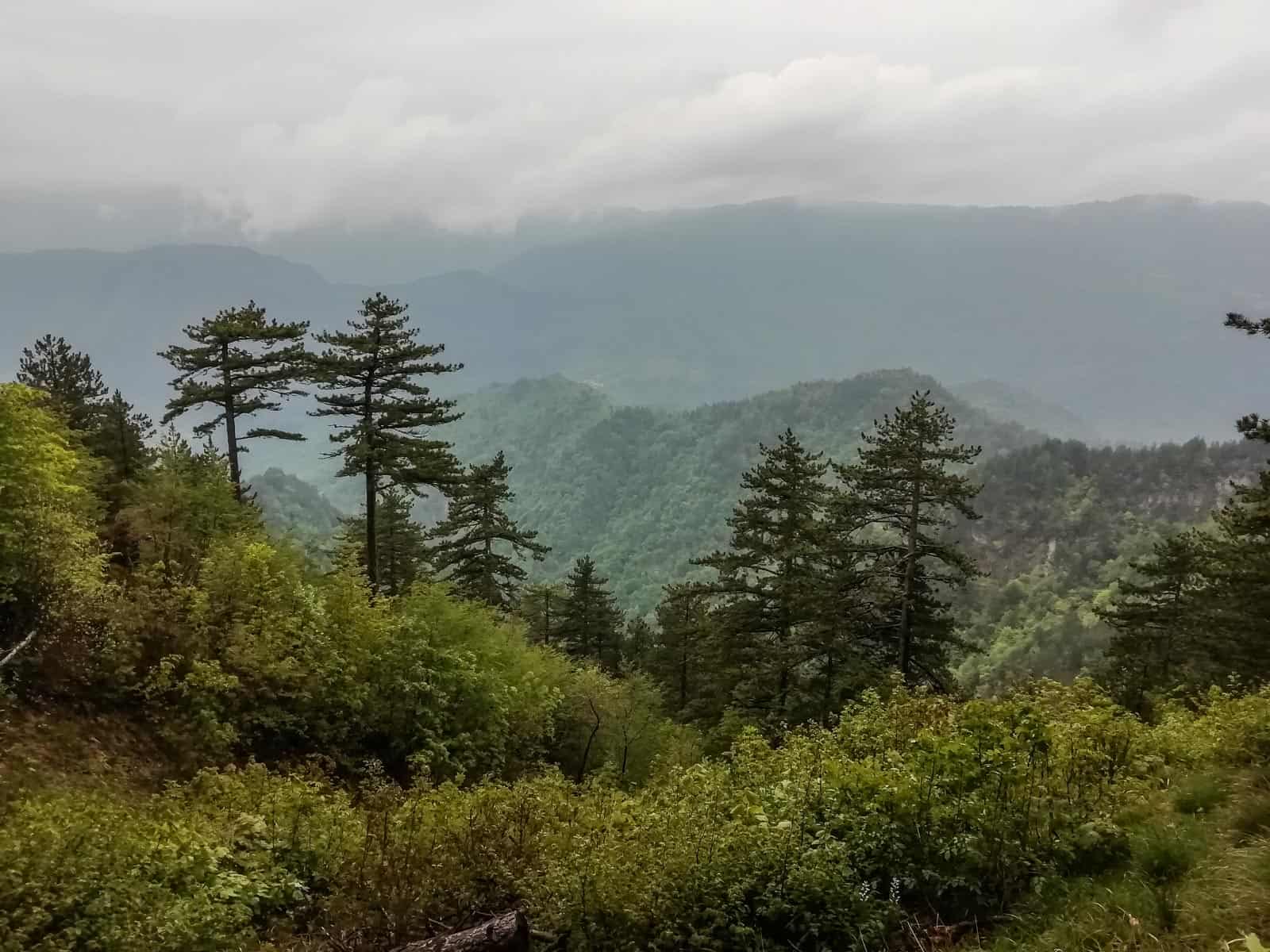The secret to being inspired is outdoors
Crystal clear mountain lakes, wet meadows and innumerable peat bogs, breathtaking peaks of the Hohe Tauern and Niedere Tauern mountains and the Gurktaler Alps, all sourrounding a collection of high valleys. This is the Salzburg Lungau region, headquarter of the European Wilderness Society, where I decided to move in March 2019.
Magical Lungau
After moving here 6 months ago, the realisation that the Lungau is a very special place, came to me quickly. People have explained to me that the Lungau’s valleys form a shape of a hand with actually seven fingers. Each finger is a valley that goes north from the plains into the mountains. The Lungau is surrounded by the Hohe Tauern mountains in the west, the Niedere Tauern (Radstädter and Schladminger Tauern mountains) in the north and east, and the Gurktaler Alps (Nockberge) in the south. Being an enthusiastic hiker, I’m spending a lot of time looking at the map of the Lungau, feeling overwhelmed by the possibilities. Even though we always look for ways how to navigate in Wilderness, sometimes I have the feeling you have to deliberately get a little bit lost in nature to find your connection to it.
The unique landscapes of the Austrian Alps, carved out by Alpine glaciers are thriving with wildlife. Throughout my hikes, above the treeline I encountered marmots, snow hare, ibex, chamois and golden eagle, as well as red deer and roe deer even in elevations you wouldn’t expect. Due to its richness in structure of peat bogs, rocky fields grassland mosaics and alpine pastures, the Lungau is the home of many songbirds as well. I’ve frequently spotted the whinchat, rosefinch, bluethroat, quail, skylark and red-backed shrike during my walks.
Alpine grazing
In the Lungau, traditional mountain grazing is still active. Agriculture and forestry concentrate to the lowlands. At the same time, higher altitudes above the tree line serve as pastural areas. Therefore cows, sheep and goats grazing in alpine pastures is simply part of the landscape in many areas, no matter how rough the terrain is.
However, it’s interesting to observe how livestock protection measures have disappeared from these lands. When hiking, there are many things to be aware of when meeting grazing livestock. For example, some hikers consider these flocks as a petting zoo. With the return of large carnivores, it is necessary to develop effective means of protection, adapted to the situation in the Austrial Alps, which are at the same time economically viable for the farmers. That’s why the European Wilderness Society is part a group of a group of forward-looking partners, who submitted a unique project, focusing on strenghtening human-livestock-wolf coexistence through implementing effective livestock protection measures.
This is where I as a nature conservationist get my drive from to continue day after day. Fighing for the thing that in return, fuels me with constant inspiration. I really don’t know what the secret to happiness is, but I’m quite sure it starts when you go outside.





























